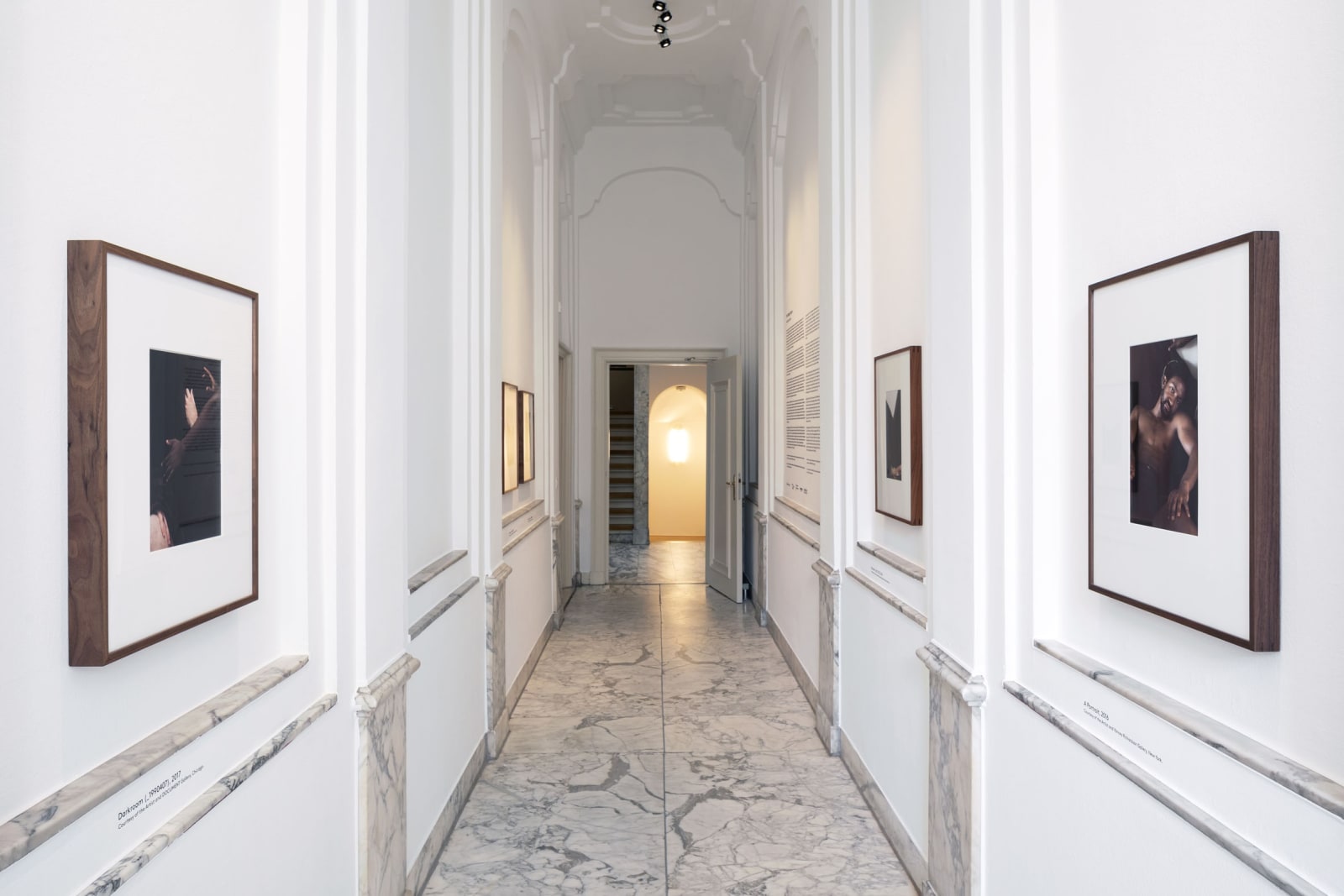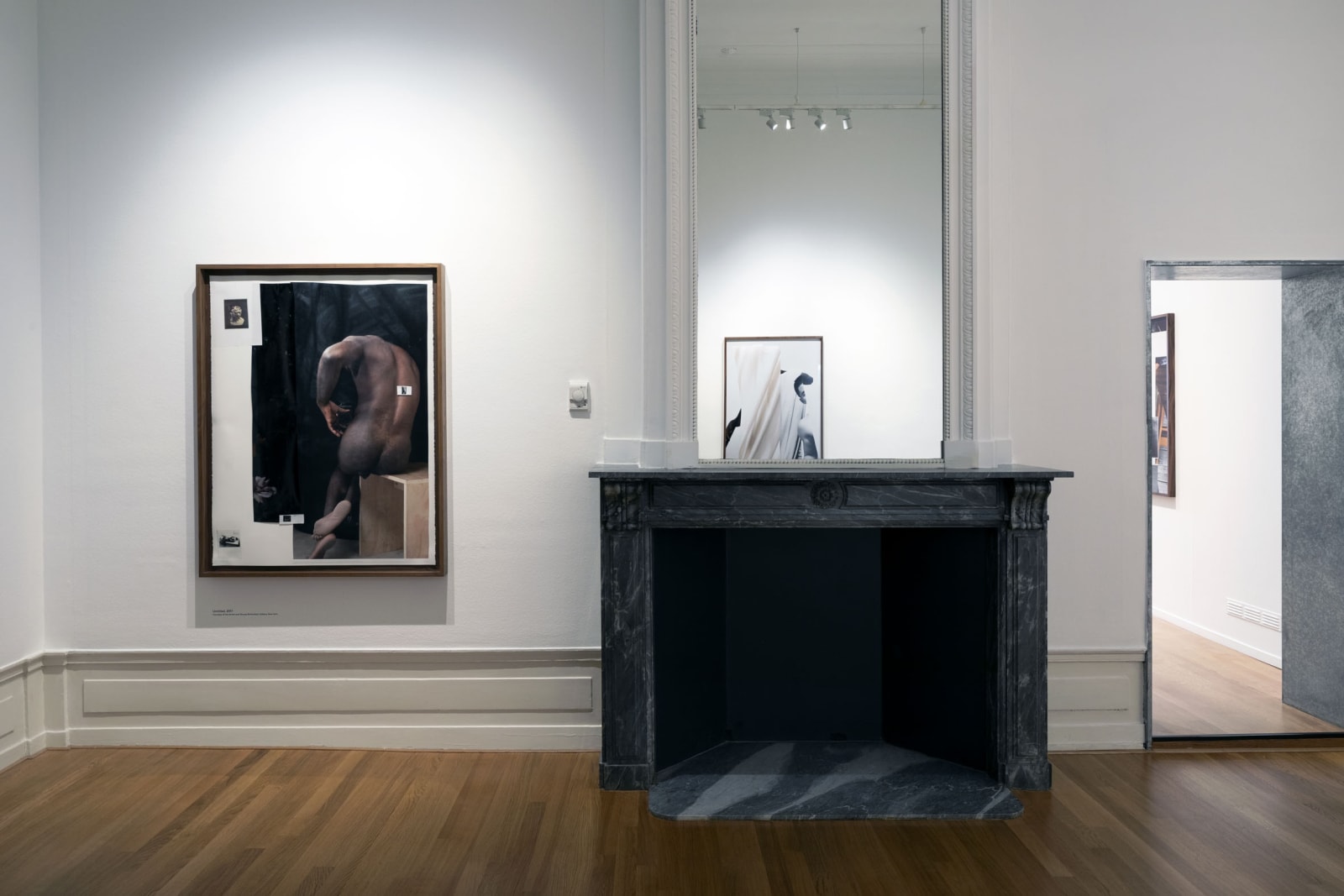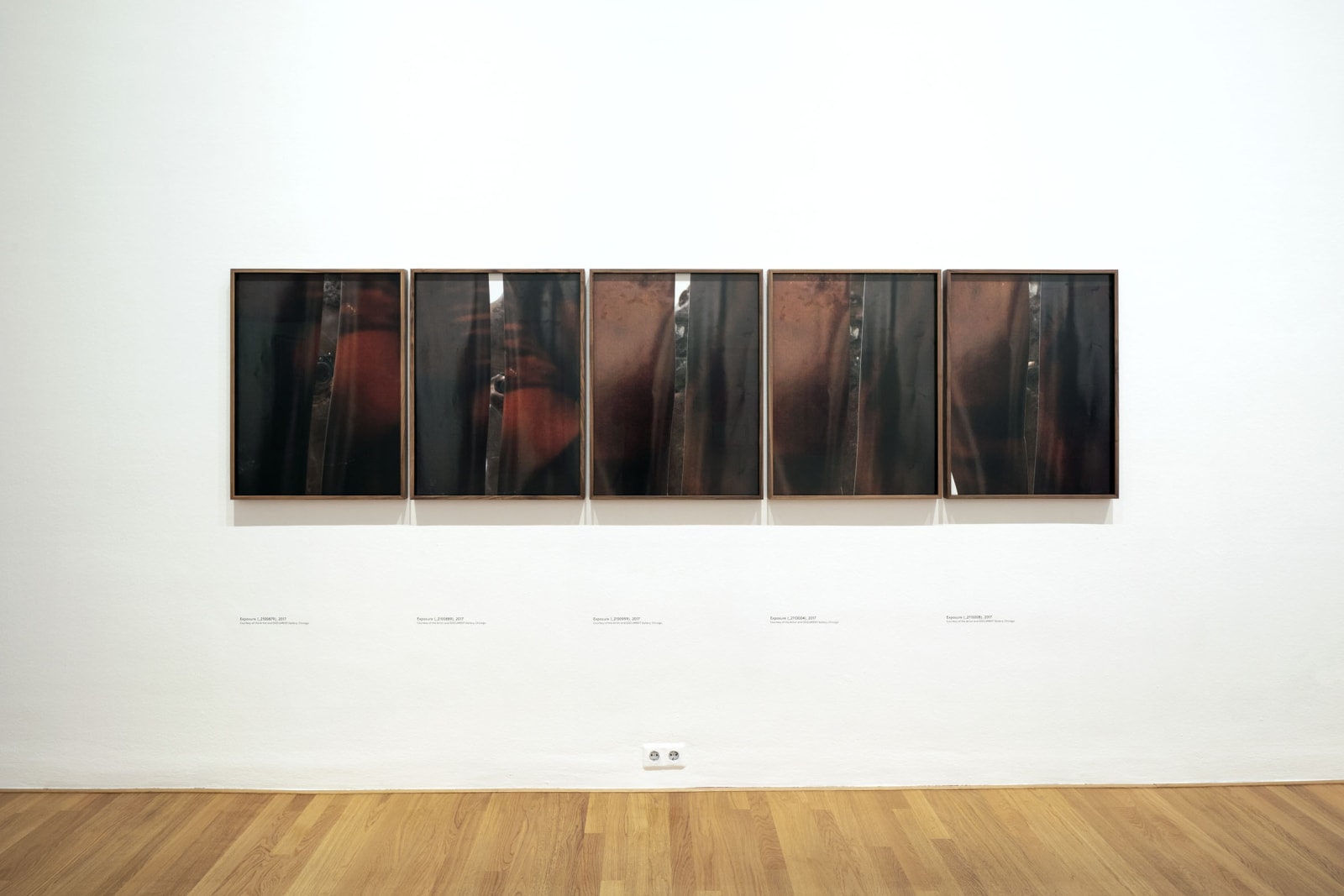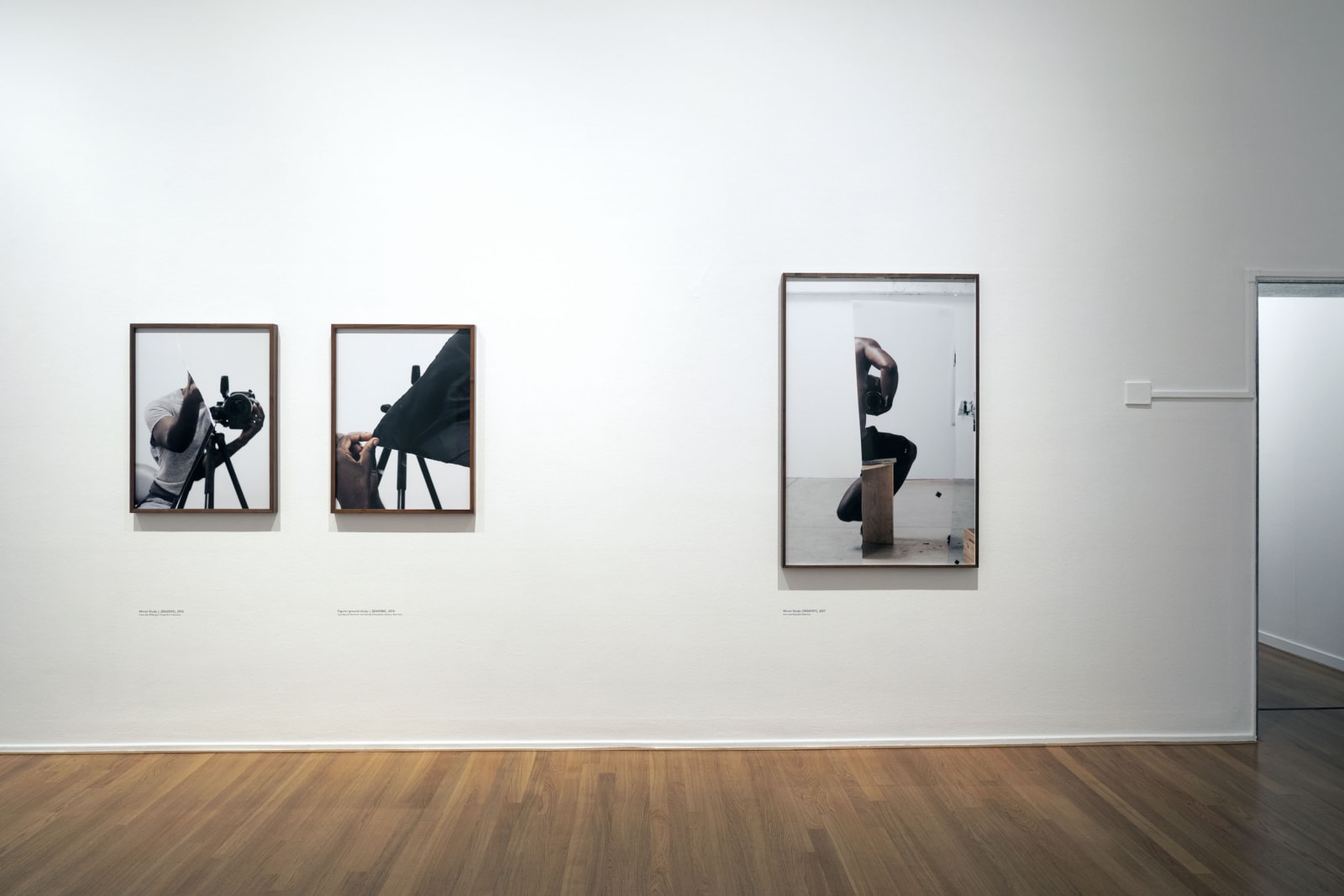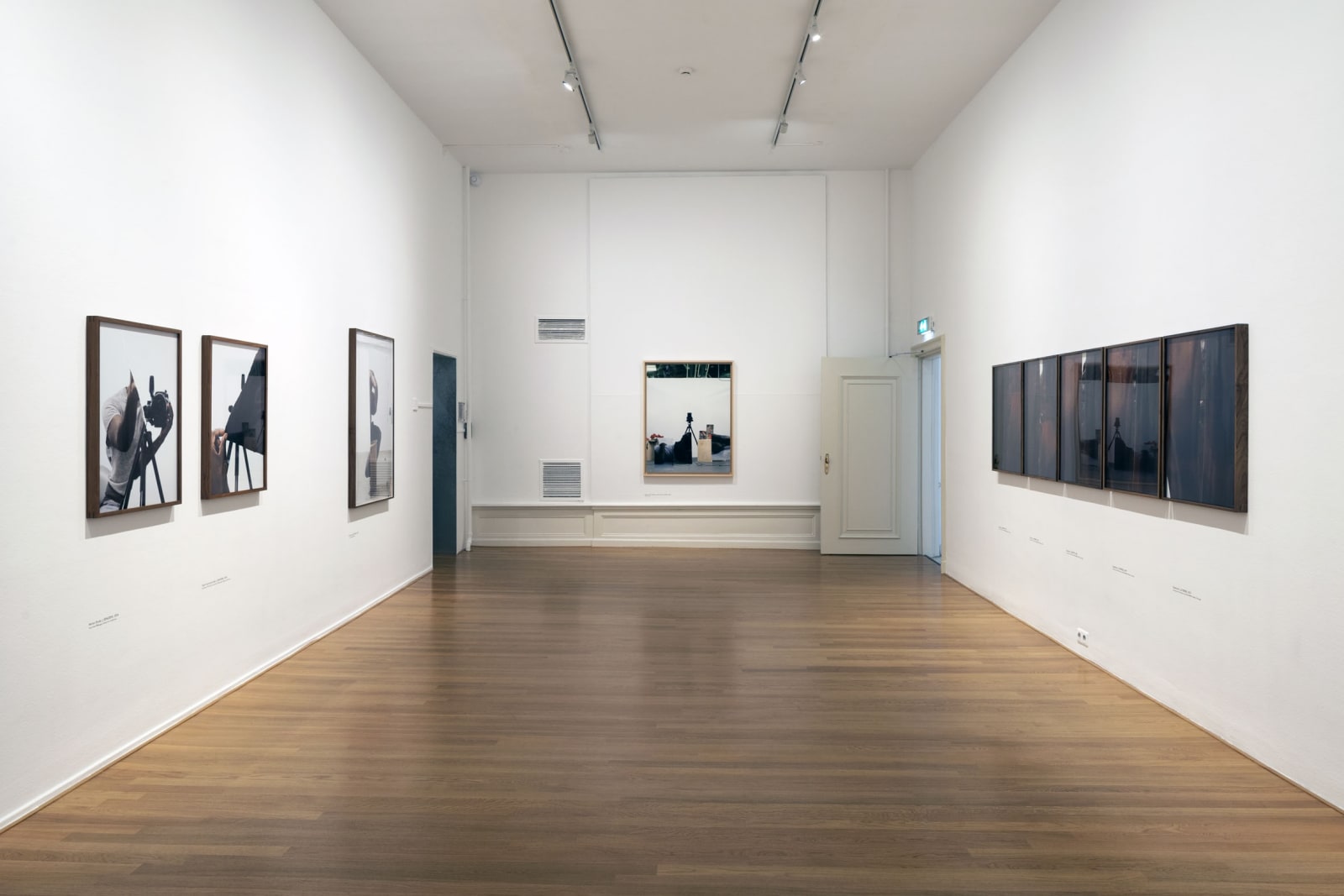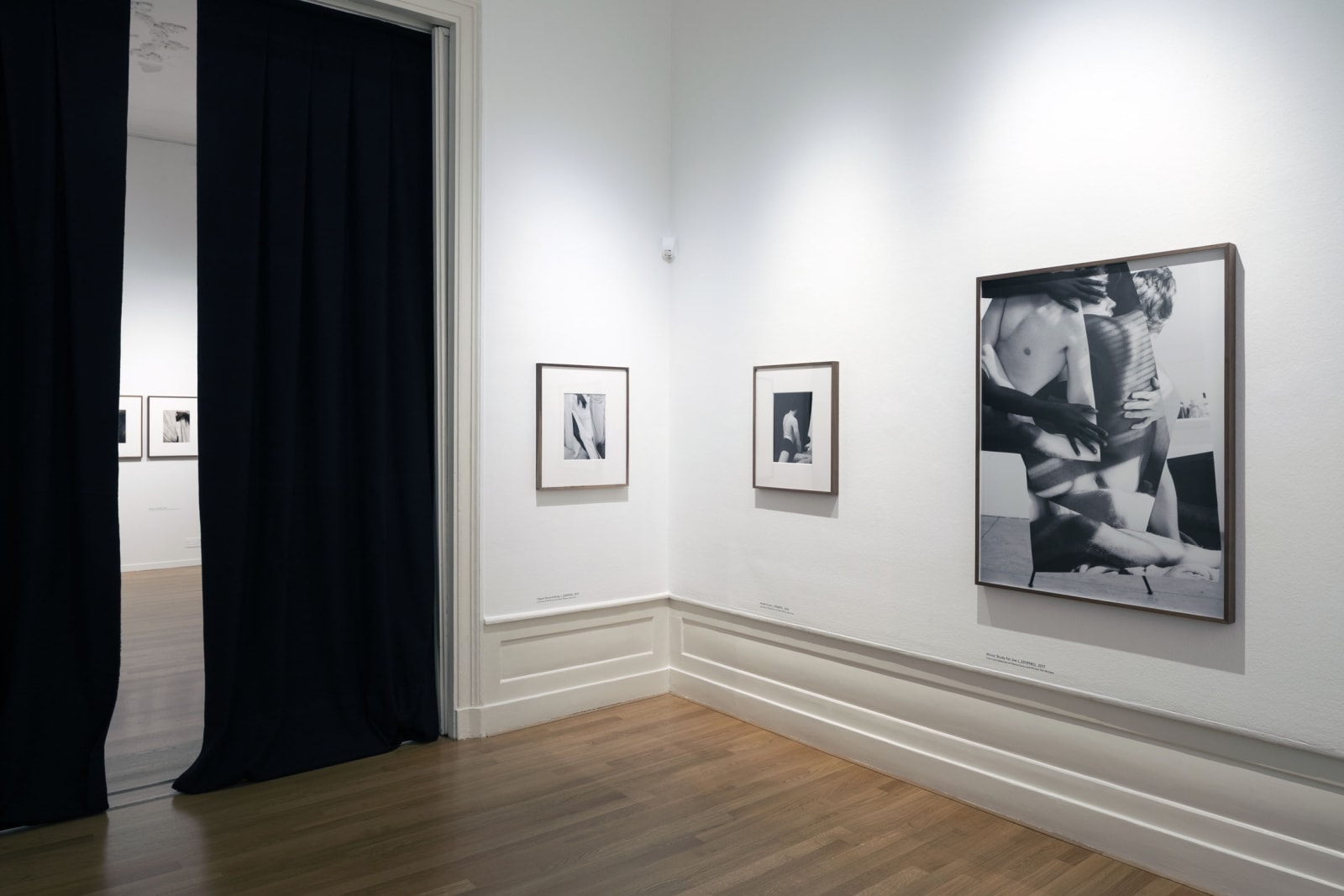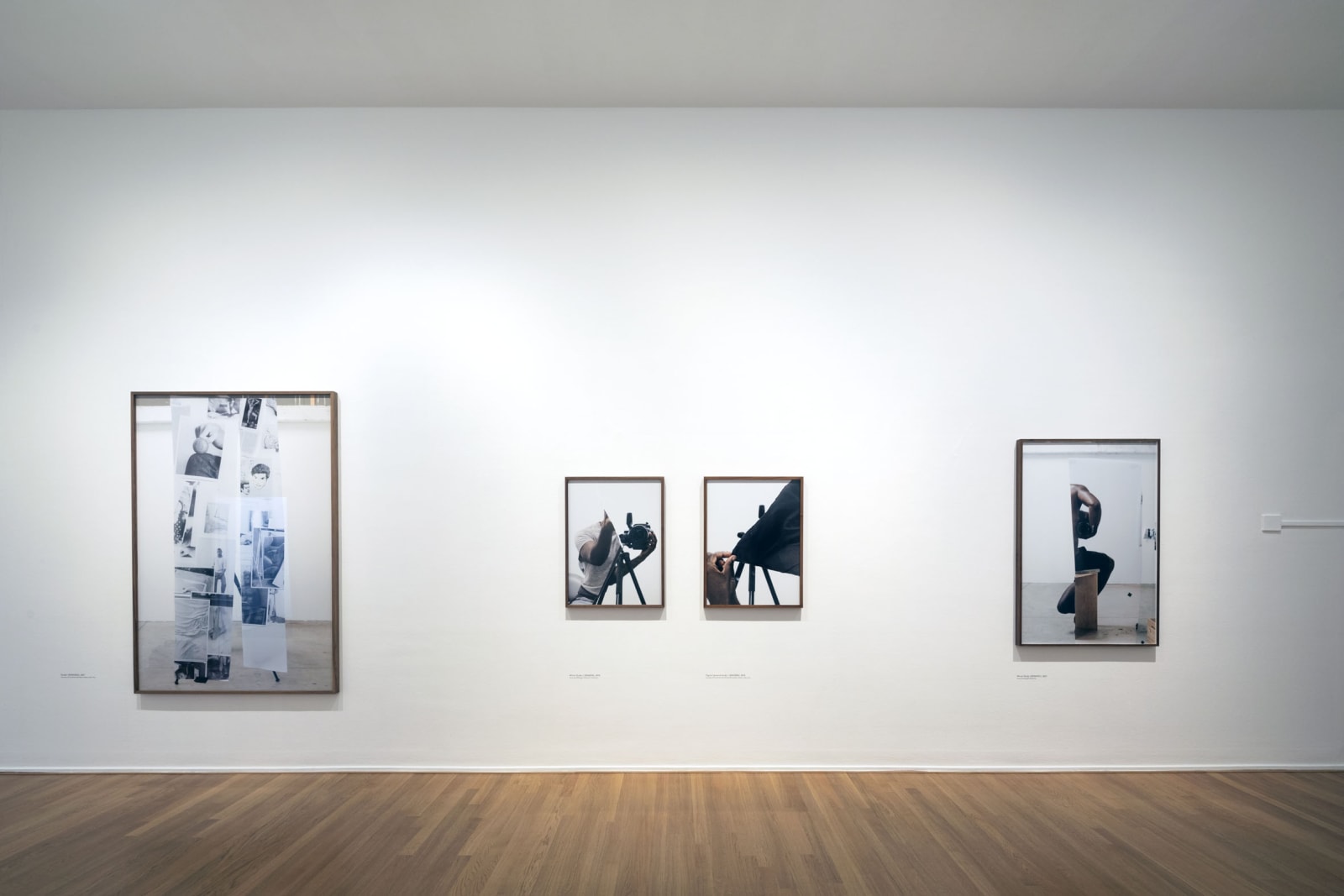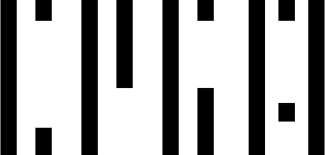Paul Mpagi Sepuya: Double EnclosureFoam Fotomuseum, Amsterdam, Netherlands
In his exhibition Double Enclosure, Sepuya enters into a dialogue with himself as artist, his subjects and the spectator. He comments on the medium of photography as a construction of longing: the longing to record things, to look, to touch and to keep. Through a combination of draped fabric, careful framing and layered images of existing work, the viewer sees arms, thighs, torsos and hands, but rarely the whole body of the subject. In this way, the spectator is visually challenged to tease apart the construction of the image. With this visual strategy in which he references a homo-erotic visual culture, he explores the productive and critical power of longing as an essential part of his work.
Despite its formalistic approach, Paul Mpagi Sepuya’s work is also deeply personal. He never works with models, but exclusively with friends, muses and intimates. Many of these are not only lovers, but also writers and artists whose paths cross in the creative, social and sexual realms of the queer community. The artist himself also regularly appears in his photographs: half concealed behind his camera, prints or draped fabrics, his body broken up in mirrors and reflections, or his body parts reaching out to those portrayed within the context of the photograph – these are fragmented self-portraits. Splitting apart the visual field makes space for a different experience of the relationships playing out within the context of the photograph. Moreover, the mingling of predominantly male body parts breaks with the normalised male gaze: the way in which the visual arts and literature present and reflect the world from a male, heterosexual perspective. Sepuya’s visual strategy with which he reorganises the image and the representation of his subjects makes space for a queer gaze, which both formally and informally distances itself from the norms of photographic representation. This makes Sepuya’s work more than a dialogue of relationships but also of ideas surrounding representation, identity and sexuality.

